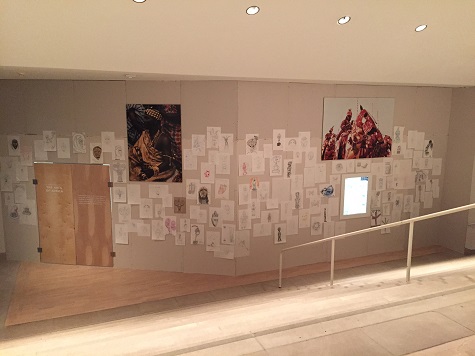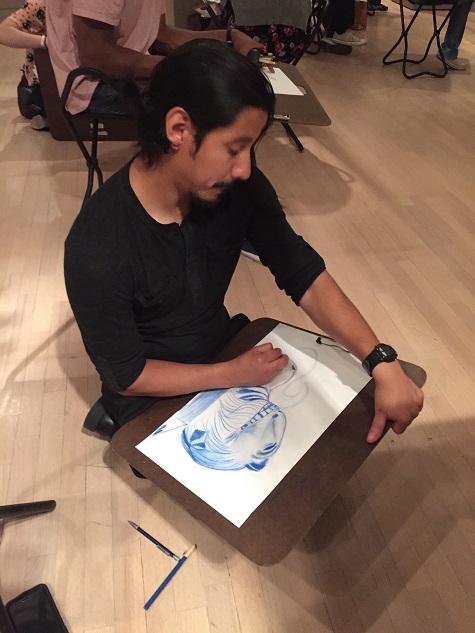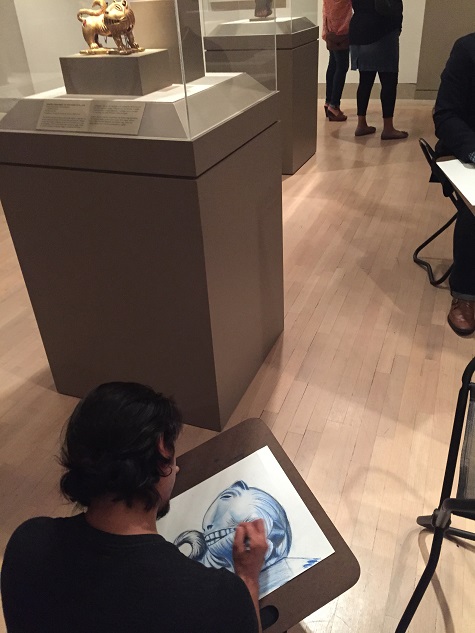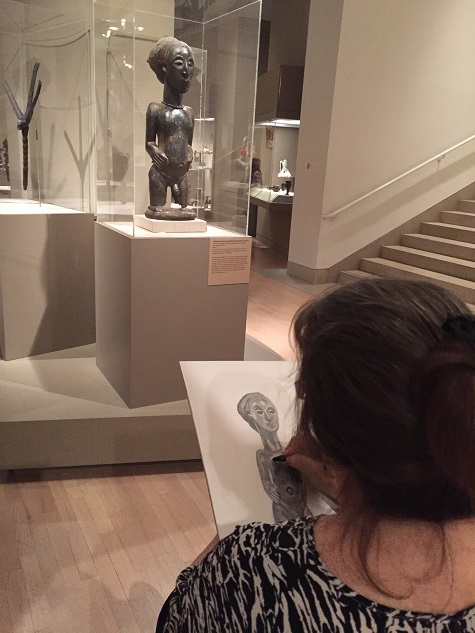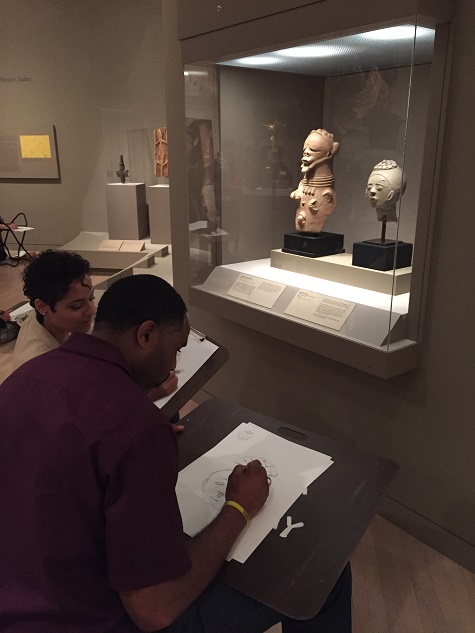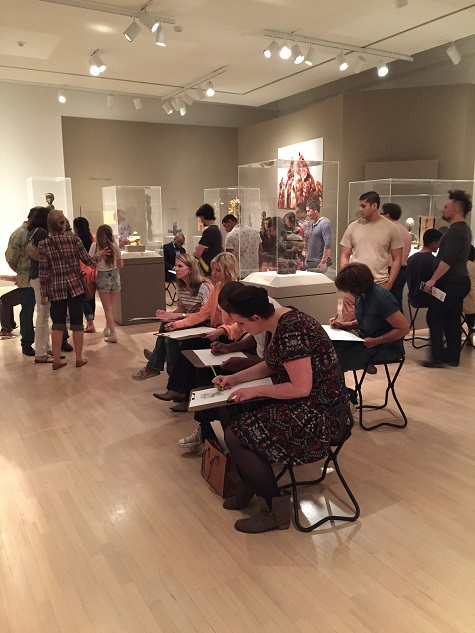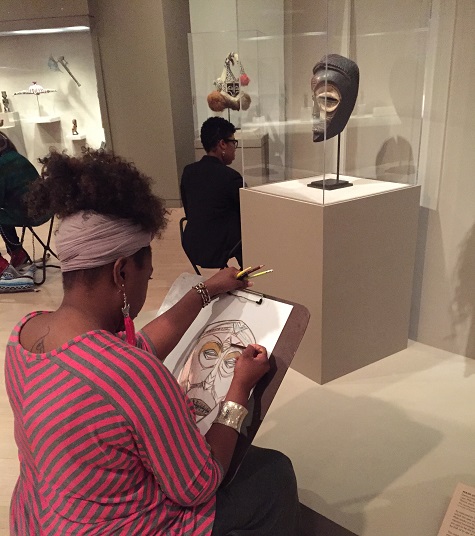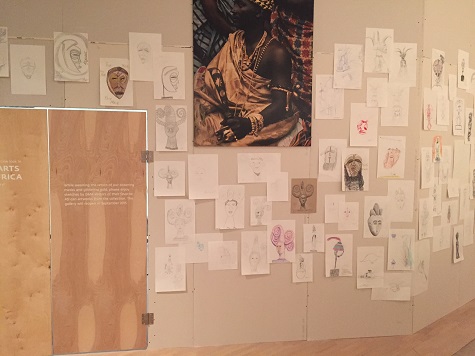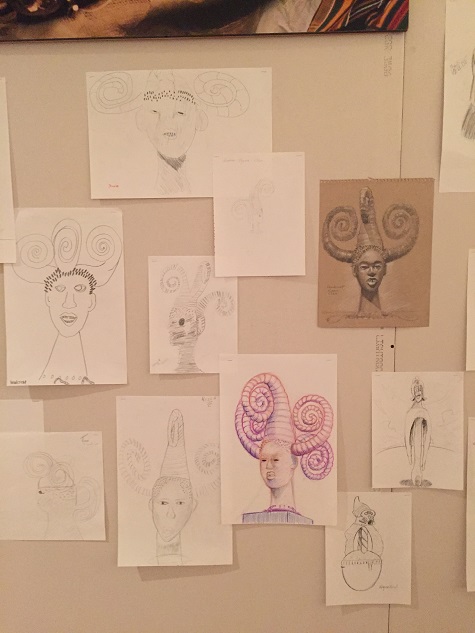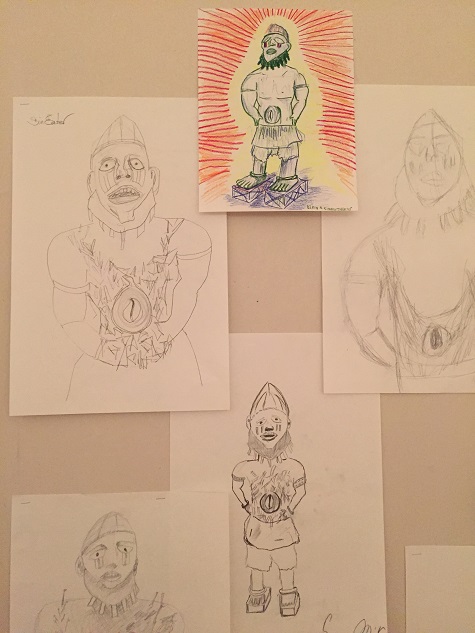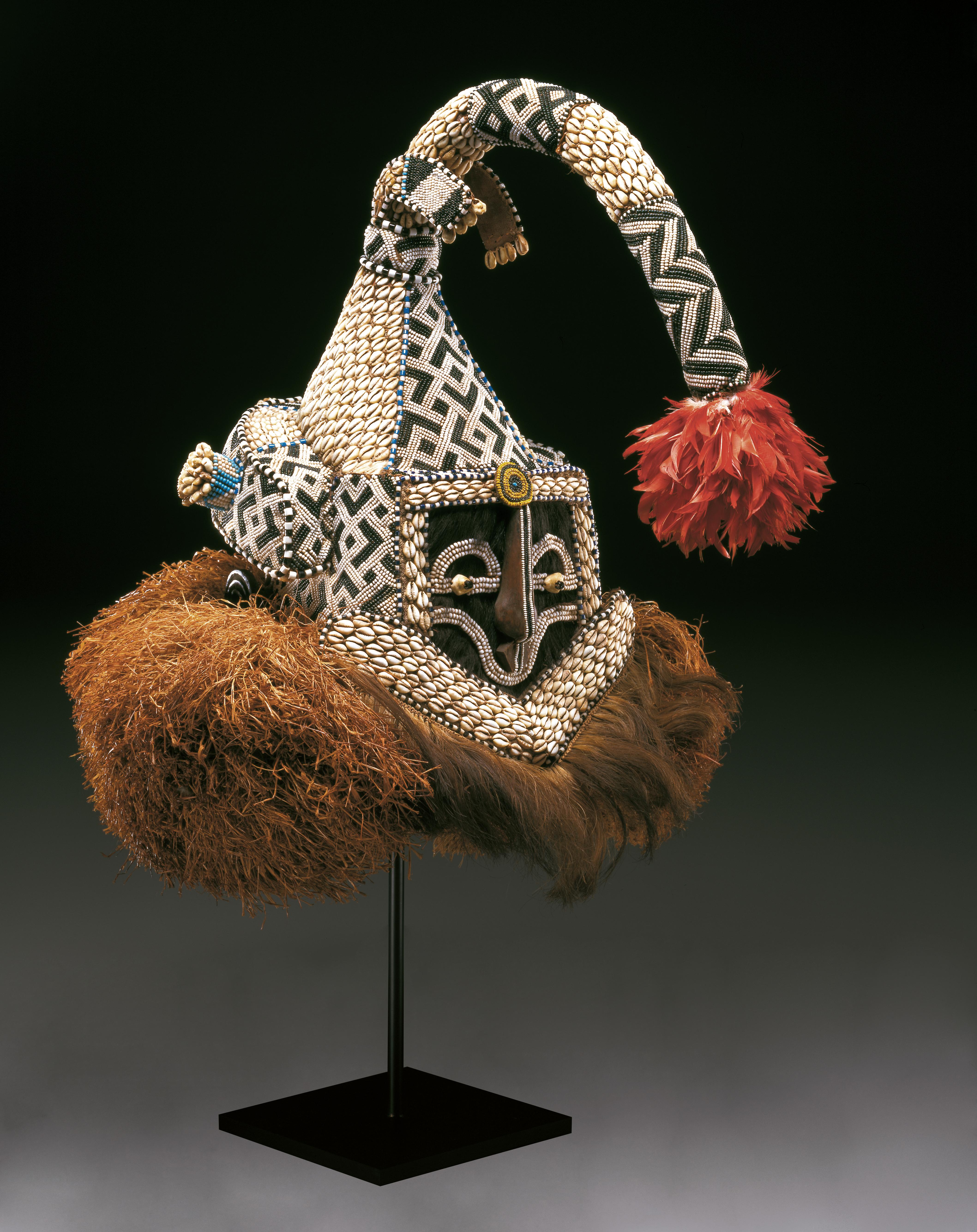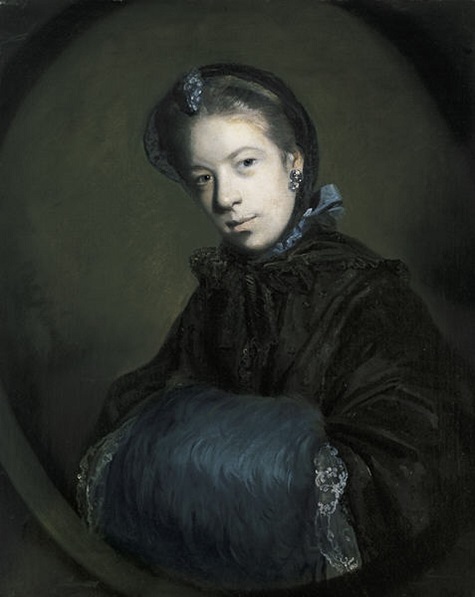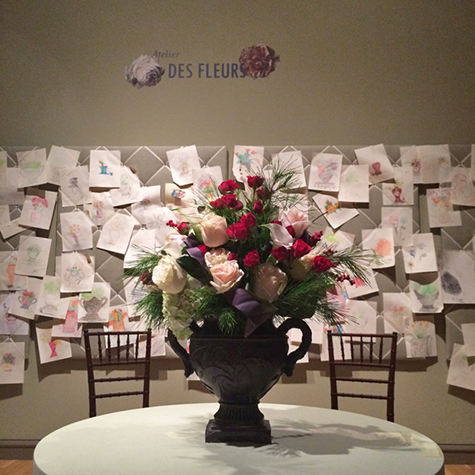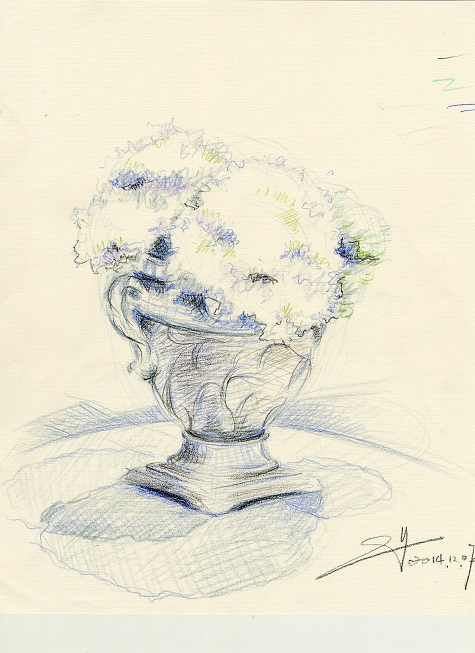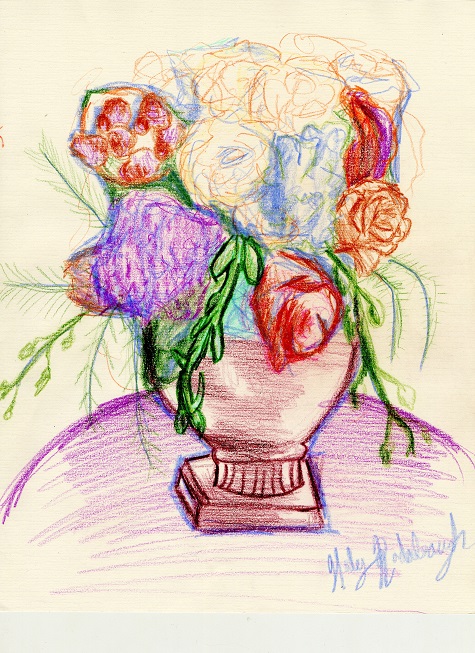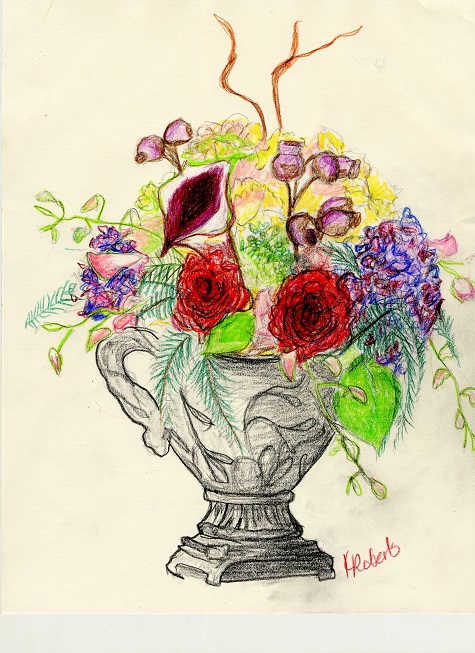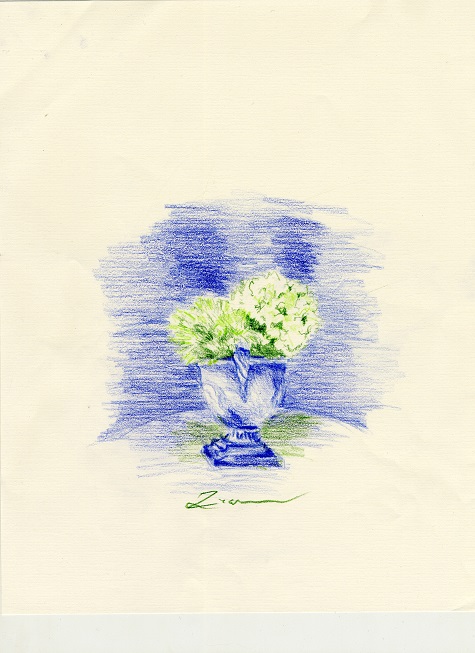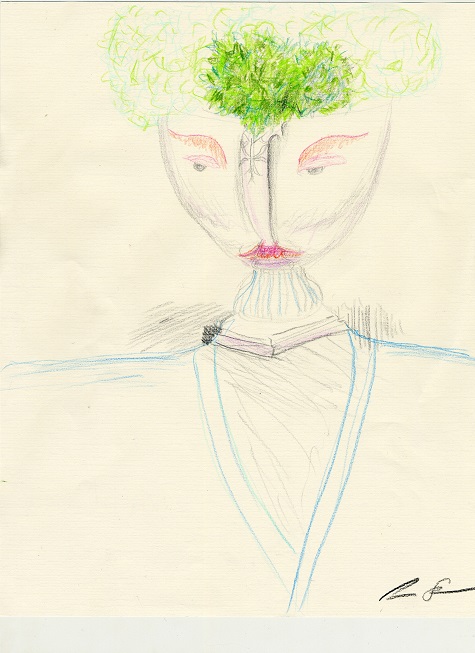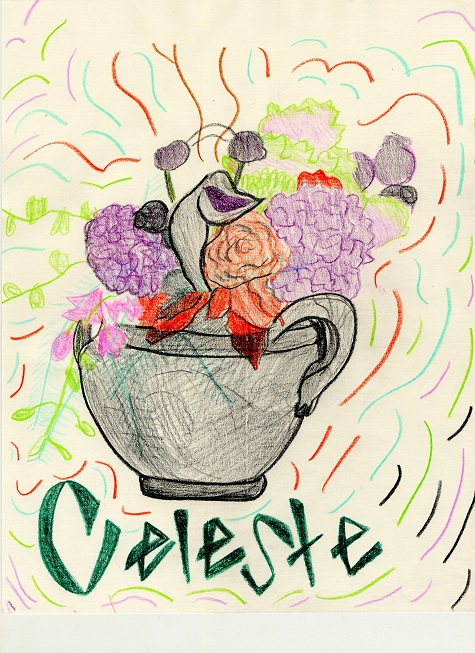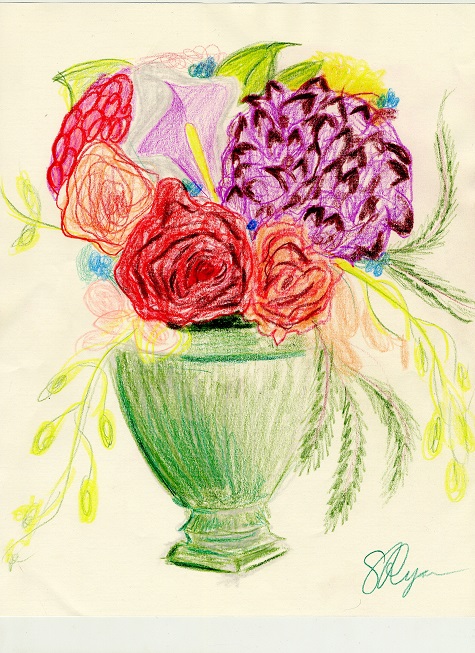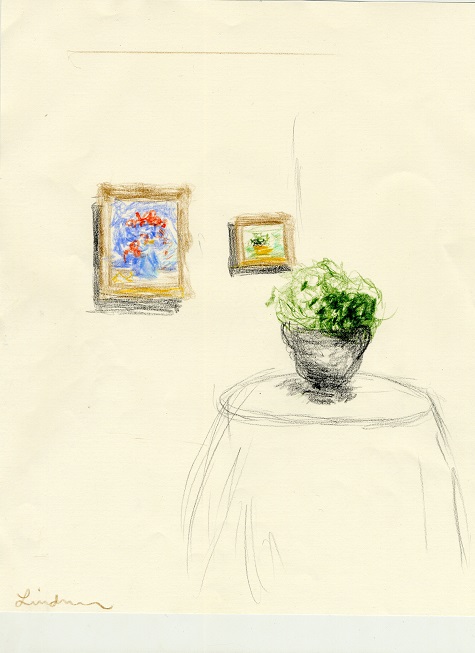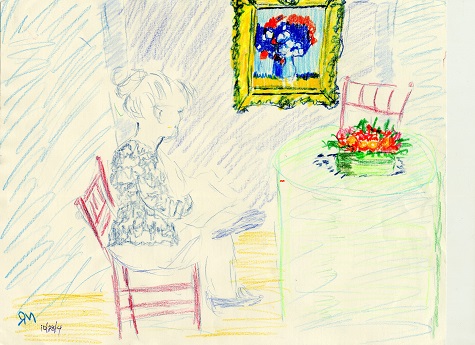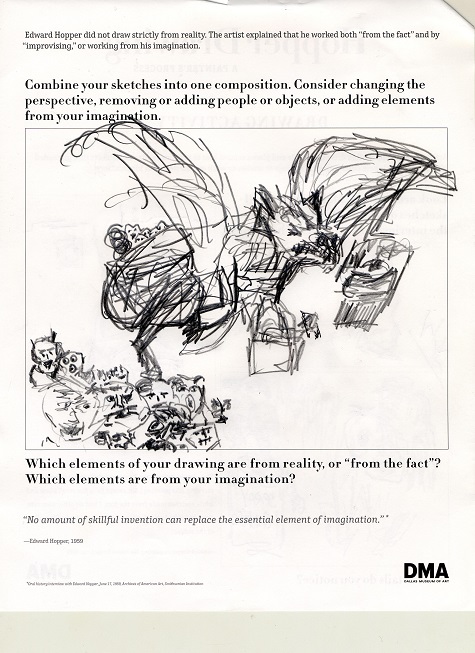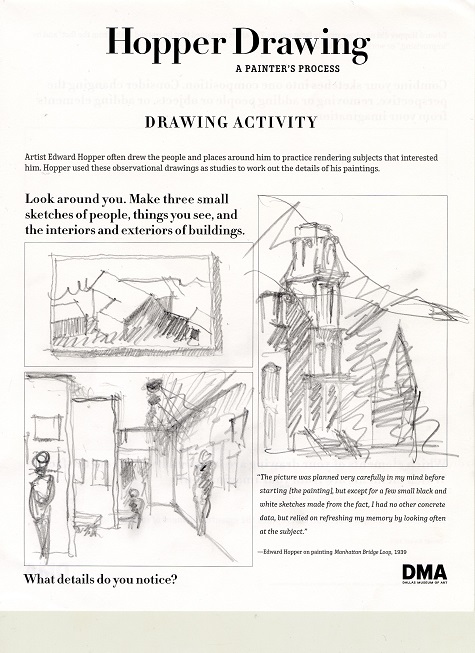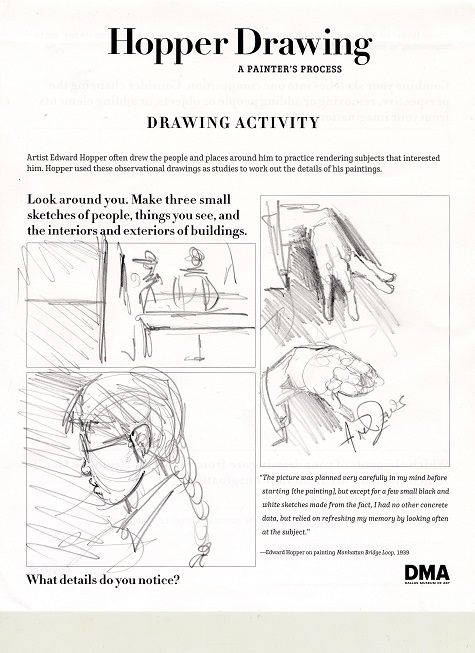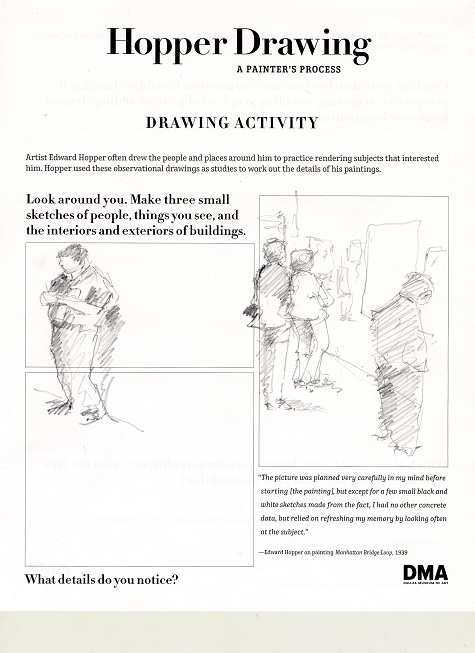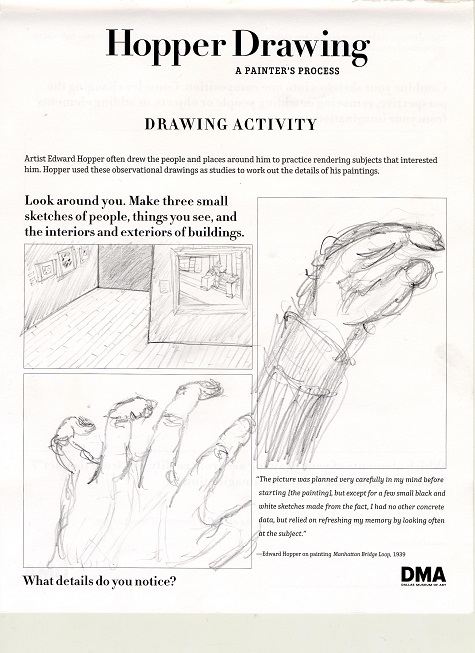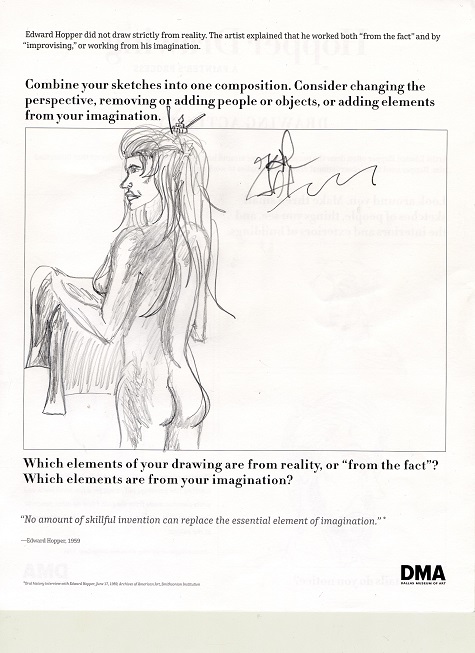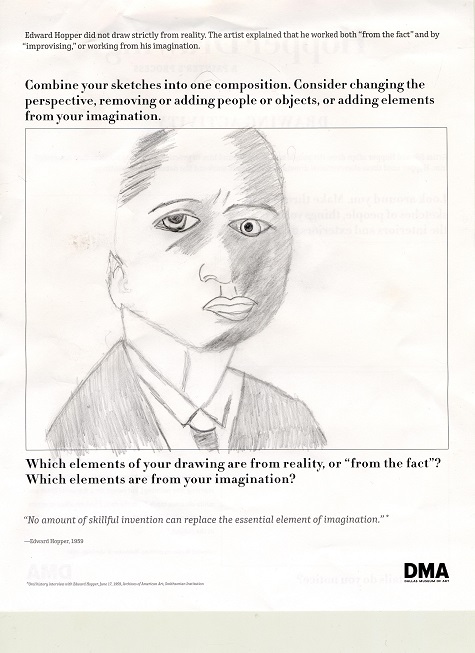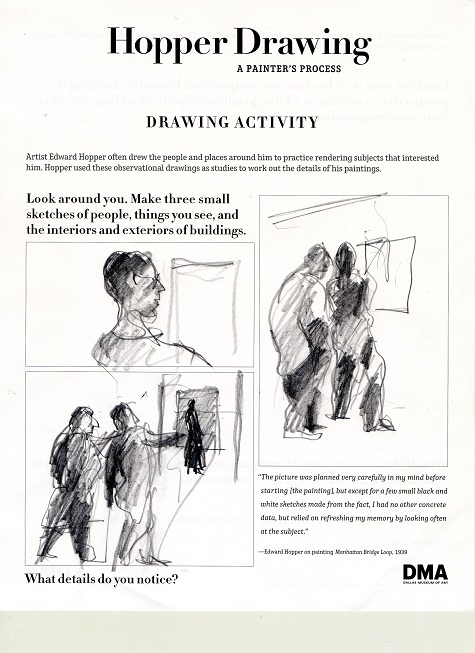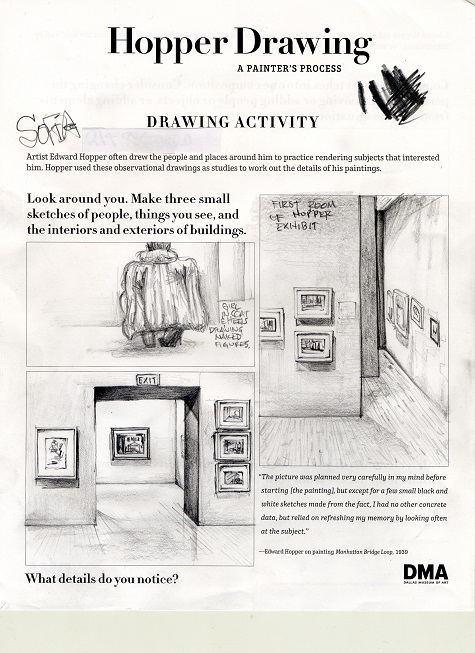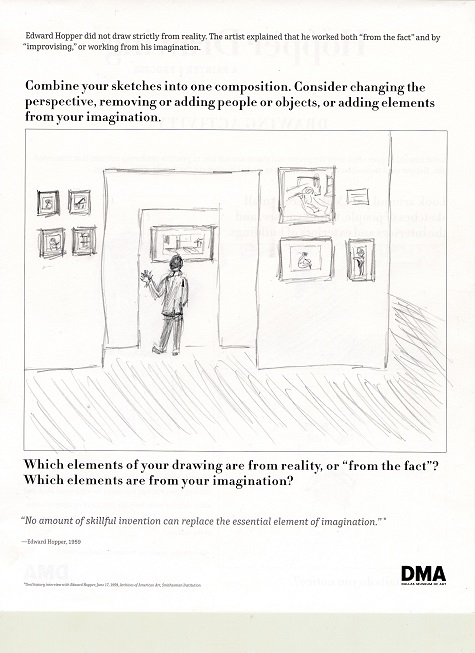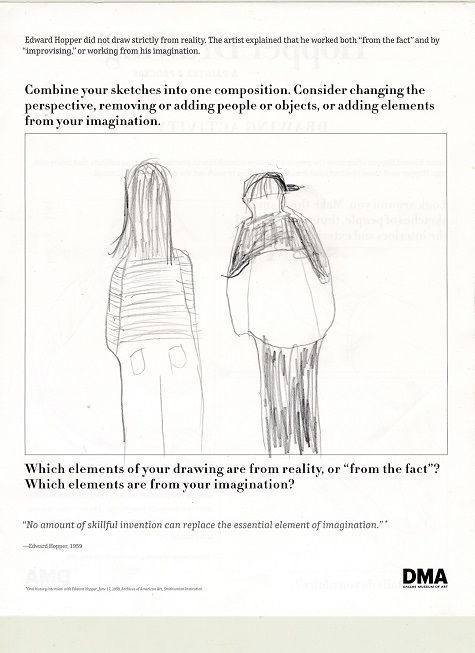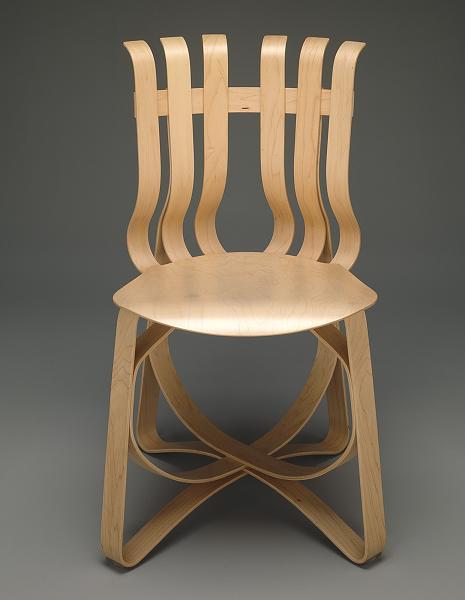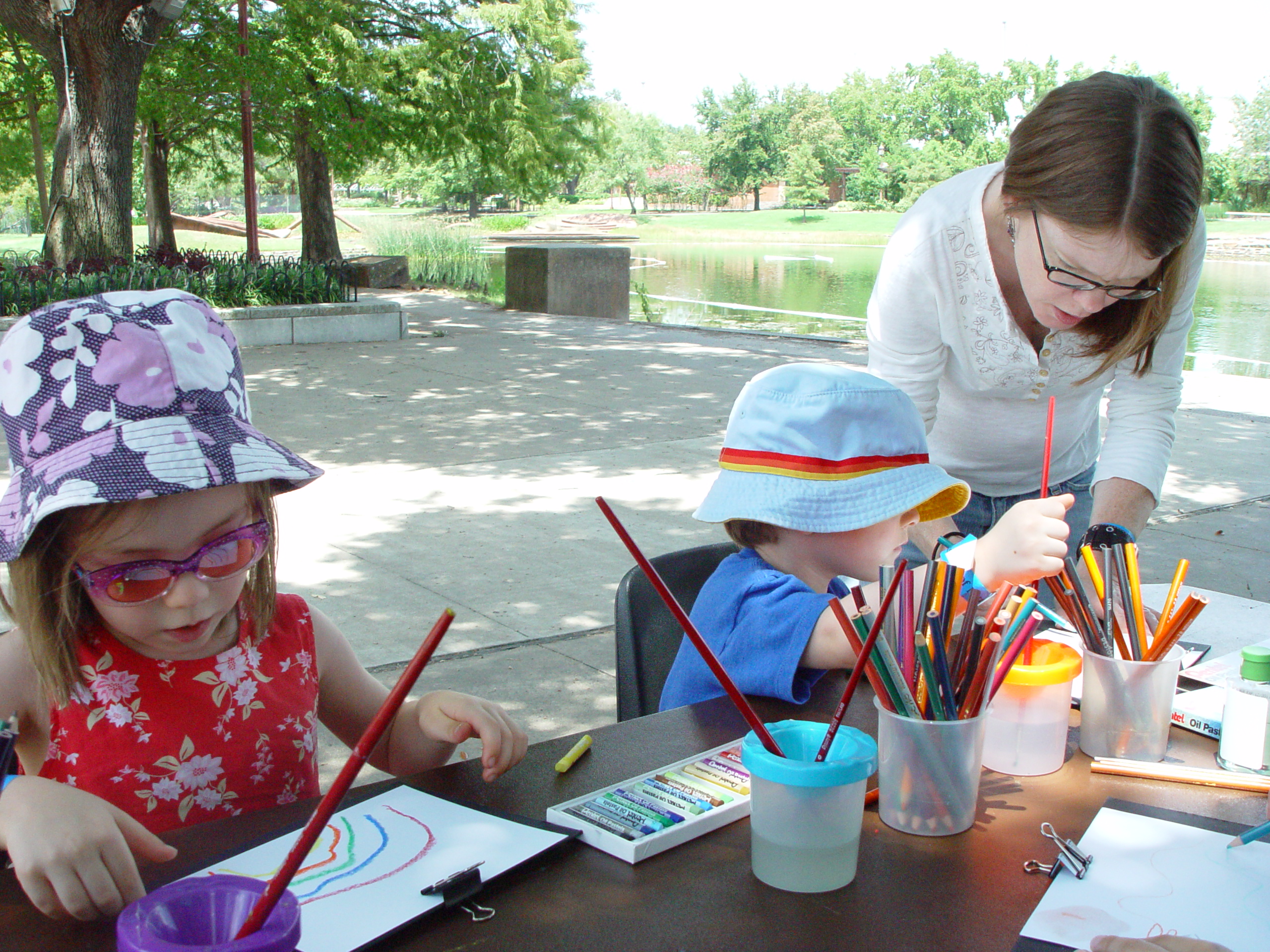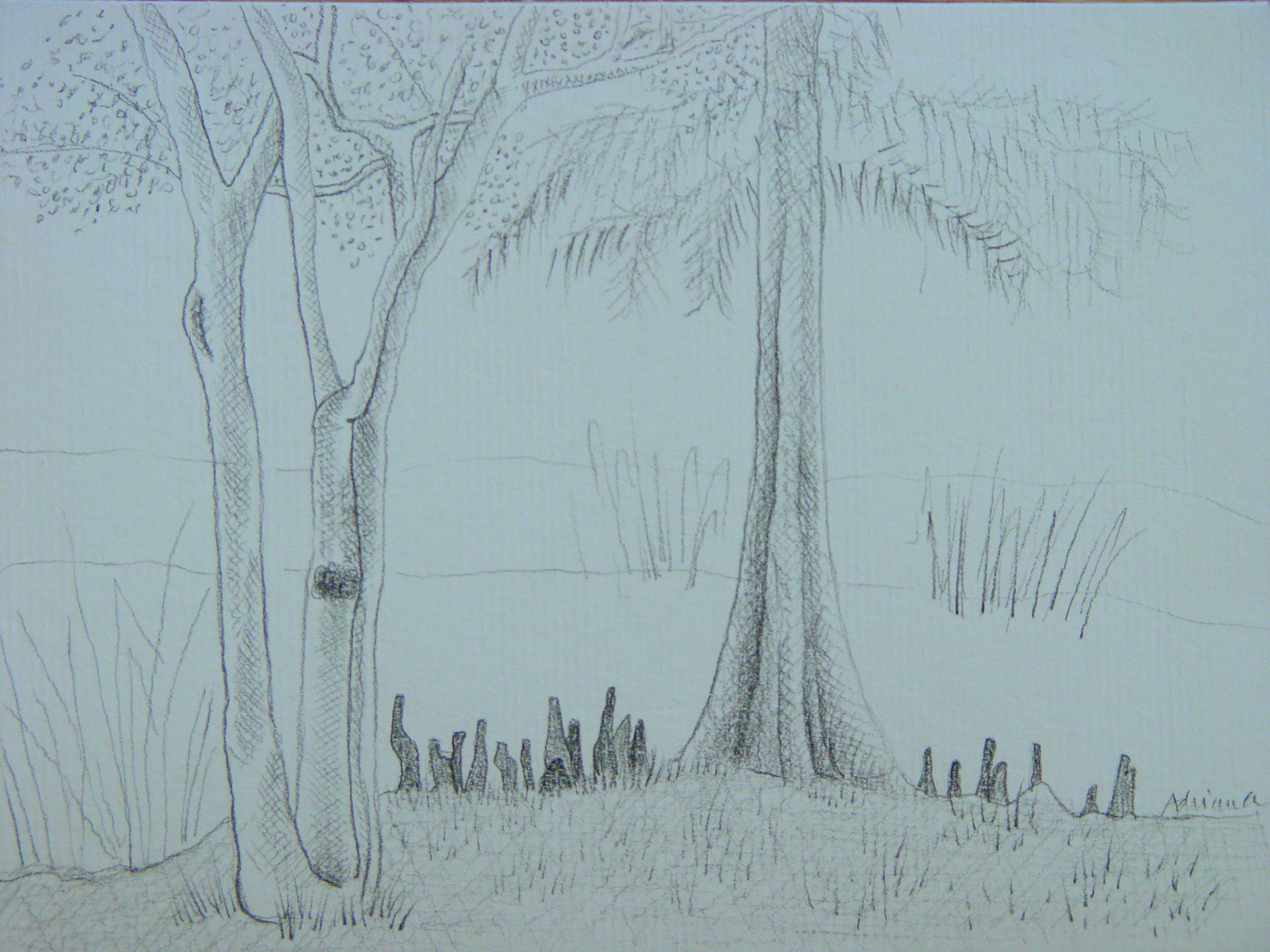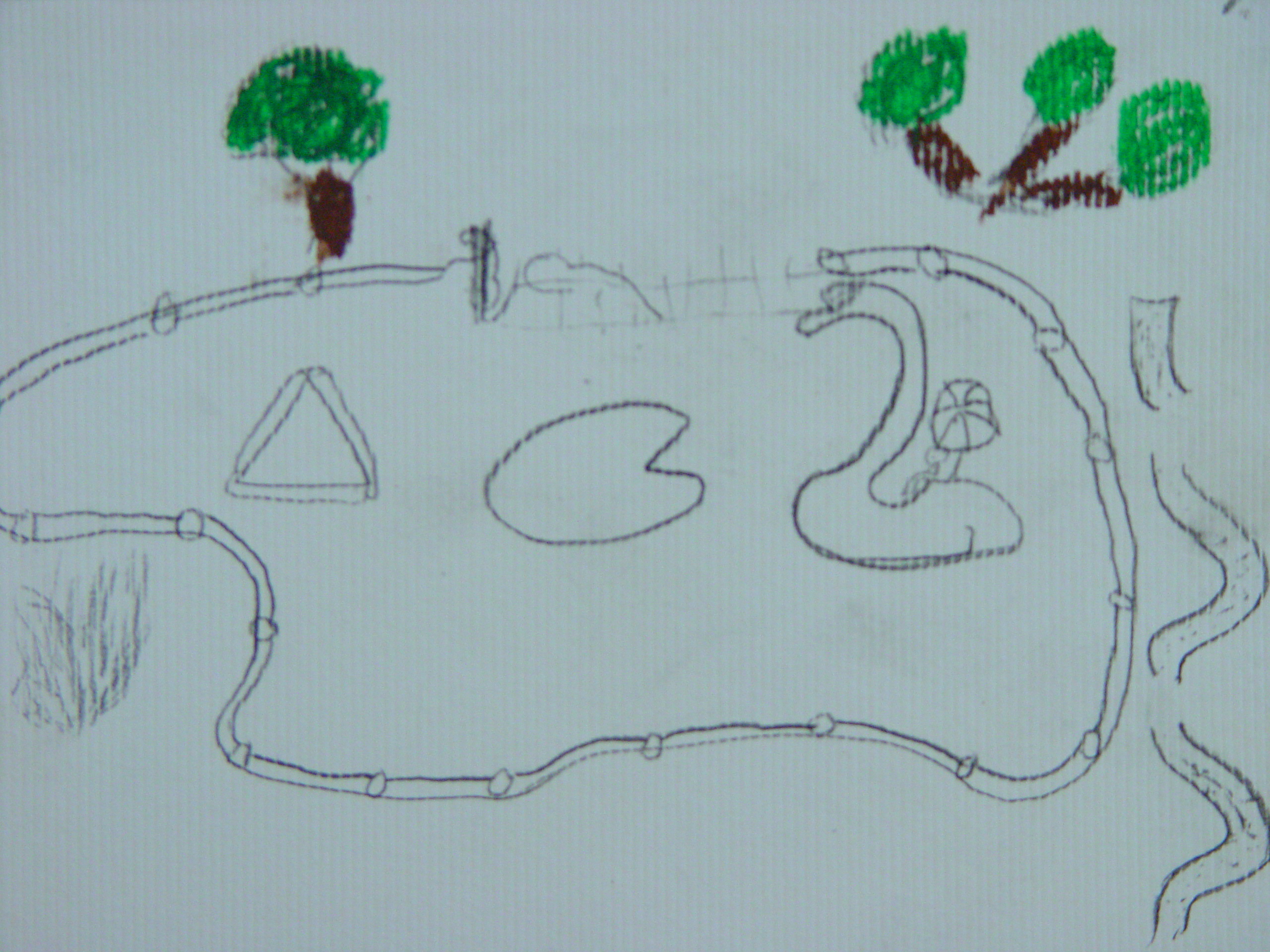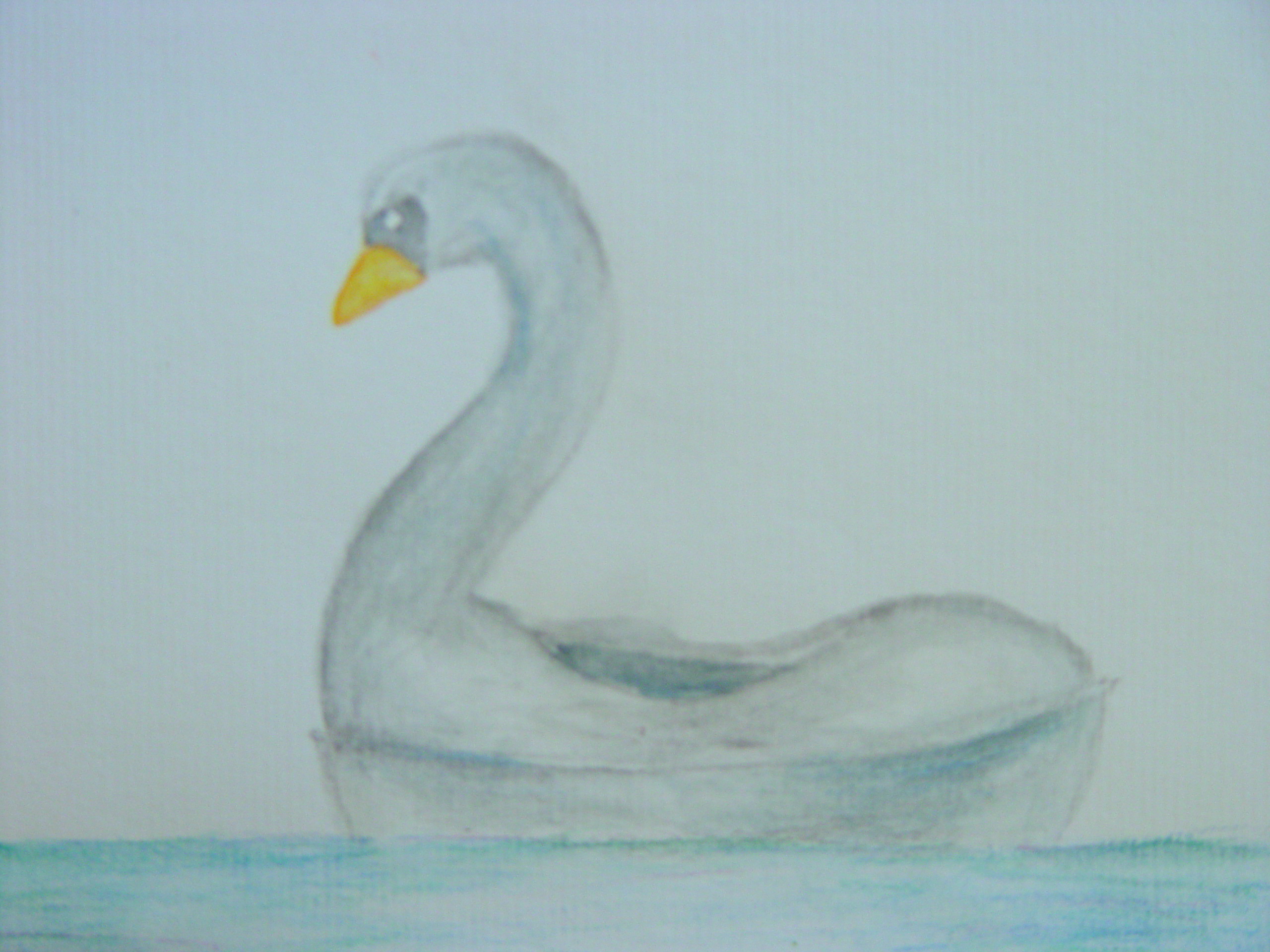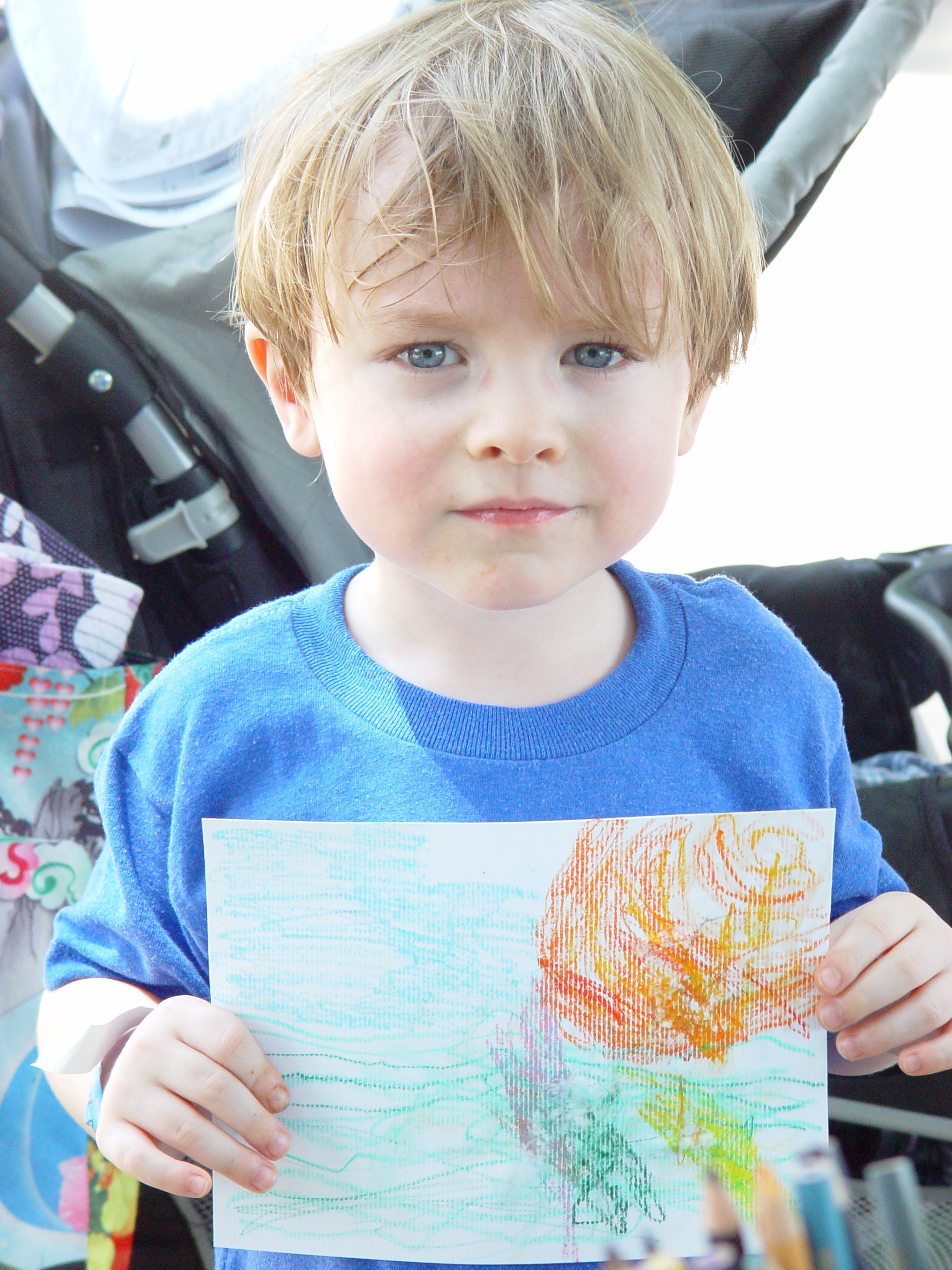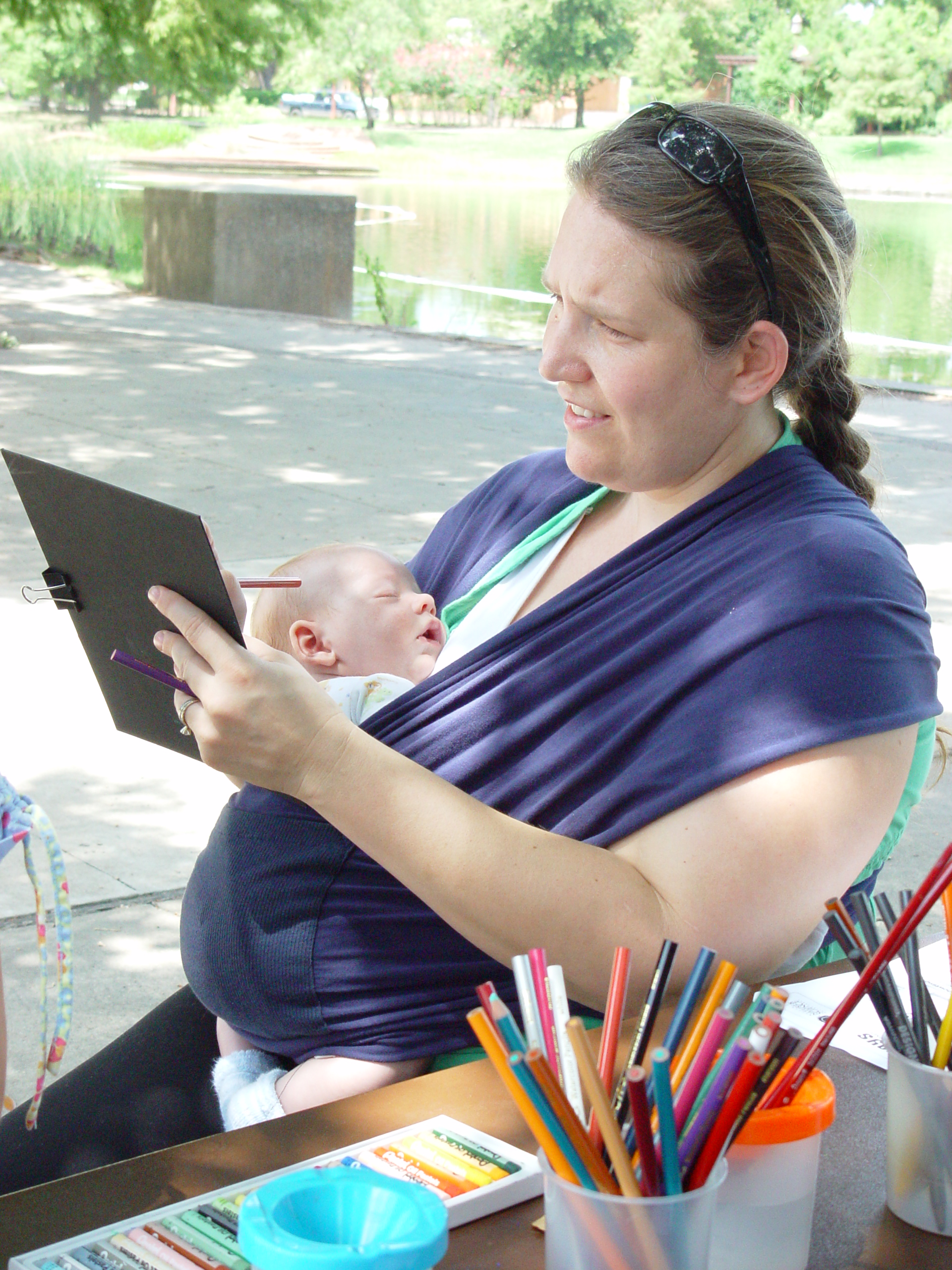Recently, my colleague Amanda Batson and I spent some time in the DMA galleries and in the studio with a group of high school visual art students from Booker T. Washington High School for the Performing and Visual Arts. This group visits the DMA often as part of a class that Charlotte Chambliss, BTW faculty, and I co-teach every other day during fourth period. Often, I have heard this group of students remark on still life exercises and observational drawing in less than enthusiastic ways. So, Amanda and I planned their museum visit with the following goals in mind:
- Stir up an engaging conversation around a 17th-century Dutch still life painting, encouraging students to go beyond a descriptive and literal interpretation
- Sketch an original still life inspired by metaphor and personification
The visit began with a trip into the galleries. For about fifteen minutes (which could have gone longer), we viewed and discussed Still Life with Landscape using a conversational approach created by educator Dr. Terry Barrett. First, we considered the following: “I see _____________.” We went around the group once with each of the twenty participants stating something they saw, while being sure not to repeat something previously mentioned. The majority of responses were purely descriptive and inventorial. Because this painting is so rich with things to see, we went around the group again without any difficulty in seeing something new together.

Abraham Hendricksz van Beyeren, Still Life with Landscape, c. 1620-1690, oil on canvas, Dallas Museum of Art, The Karl and Esther Hoblitzelle Collection, gift of the Hoblitzelle Foundation, 1987.3
Second, we considered: “I see ______________ and it makes me think _______________.” Each student in turn responded to these prompts, and this is where a conversation about the artwork began to unfold. Our experience began to get a little more lively. Students responded with observations that focused on the relationship between objects on the table and in the room. Several crafted imaginative stories about a raucous party occurring in this scene and evidence of a quick departure among revelers. Ideas contentious to the storytelling threads emerged as well – something along these lines, “maybe this painter was really just painting a still life to show us how good he could paint this stuff.” The looking and talking portion of the visit served as a great warm-up connection to an artwork, after which we traveled to the studio for a sketching exercise.
Two random objects were placed at each table seat, so that each student had his or her own still life. The pairs included items such as a glass jar and a washer, a piece of wood and a clothespin, a shell and a sponge, and so on. We invited students to take a seat and add one item from their person to the compilation of objects. They added cell phones, a wallet, glasses (not needed for seeing), hair barrettes, and a variety of pocket treasures. For a short bit, we reflected upon and summarized together our experience looking at the Dutch still life painting.
Next step was to sketch the three objects in front of them using pencil, colored pencil, or pen. Additionally, Amanda passed to each student a prompt that added a twist to their composition. This portion of the activity was borrowed from a previous C3 Artistic Encounter program with Magdalena Grohman and Thomas Feulmer. Prompts invited students to arrange and think about the objects in human-like ways:
- These three objects are siblings.
- Two of these objects are conspiring against the other.
- Two of these objects are in a new relationship and one of them is introducing the other to the third object for the first time.
[slideshow]
After 20-25 minutes of sketching, we concluded with an opportunity for each student to share his or her sketch and thoughts about the how they applied the metaphorical prompts to the still life objects. The elaboration of compositions and their associated stories ranged far and wide, and often resulted in humor.
What ways have you made still-life assignments and observational drawing come to life? Share your ideas with us and readers!
Nicole Stutzman
Director of Teaching Programs and Partnerships
